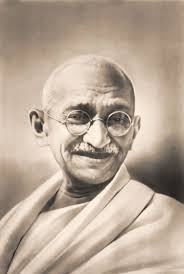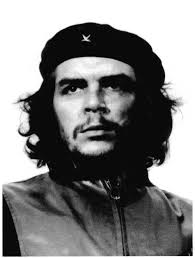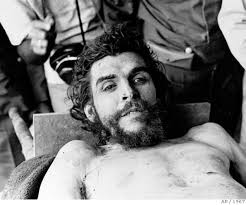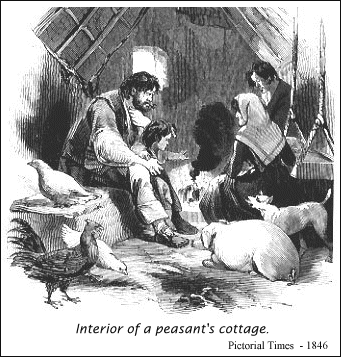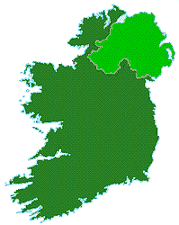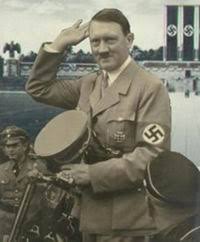Nelson Mandela is called Madiba in South Africa. The name “Madiba” is an honorary title adopted by older male members of the Mandela clan. For South Africans though, there is only one Madiba: Nelson Mandela.
On 10 May 1994, he was inaugurated as South Africa’s first democratically elected State President, and in June 1999 he stepped down from the political arena intending to lead a peaceful life in his birth place of Qunu in the Eastern Province of South Africa. It was not to be: too many countries relied on him to help them in their peace talks, and too many famous people needed to meet him. South Africa’s sports’ teams know that whenever he attends an international game, they are sure to win, because Madiba is South Africa’s very own lucky charm, the man with the “Madiba Magic”. He is South Africa’s very own super star.
He has a charismatic charm about him that has won over even his staunchest enemies. You just cannot resist this man with the shining eyes and loving and forgiving nature. It is remarkable that he is able to forgive so many, after spending almost thirty years in jail - not for committing a crime, but for standing up for his rights.
Nelson Rolihlahla Mandela was born in Qunu, a village near Umtata, in the Transkei (now part of Eastern Cape) on 18 July 1918. His father held an important post as the principal councillor to the Acting Paramount Chief of Thembuland. When his father died, Nelson was earmarked to follow in his father’s footsteps, but he had other ideas - he wanted to be a lawyer so that he could contribute to the freedom of his people.
He spent his early school years at a nearby mission school and completed his schooling at Headtown, a Wesleyan secondary school. After school he attended the University College of Fort Hare and studied for the Bachelor of Arts Degree. At that young age, he was already making a name for himself and was soon elected onto the Student’s Representative Council. He took part in a protest and was suspended from the college. He completed his Bachelor of Arts by means of a correspondence course, took articles of clerkship and started to study for his law degree. It was in 1942, while he was studying for his law degree, that he joined the ANC (African National Congress).
During the latter years of World War II, Nelson Mandela and a group of other prolific young men, all members of the ANC, started to devise plans to transform the previously staid and politically polite ANC movement into a rolling mass movement. Among the young men were Walter Sisulu, Oliver Tambo and the leader at the time, Anton Lembede. They spread the message of liberation to the people living in townships and in the rural areas. These young men formed the African National Congress Youth League (ANCYL) in 1944 and three years later, Nelson was elected tot he Secretaryship of the league. He rose quickly and steadily in the ranks and spearheaded many active campaigns to peacefully bring about an end to racism and compulsory education for all children.
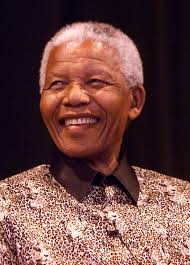
Nelson Mandela was arrested and brought to trial for his role in one of the campaigns, in 1952 and was given a suspended prison sentence and confined to Johannesburg for six months. He wrote the attorneys admission exams during this time of confinement and was admitted to the profession.
Oliver Tambo and Nelson Mandela opened a legal practice in Johannesburg. By the end of 1952, he became a deputy president of the ANC. The government at the time did everything in their power to disperse any “known troublemakers” and tried to enforce the unjust apartheid laws to ensure that Tambo and Mandela could not operate from the hustle and bustle of South Africa’s largest city. They were instructed to move to a deserted place, but the two refused and defied the order.
Nelson Mandela continued the struggle for his people during the fifties and was banned, arrested and imprisoned for his beliefs. After the Sharpeville Massacre in 1960, the ANC was outlawed and Mandela still on trial (the infamous Treason Trial), was detail. The Treason Trial collapsed in 1961 when South Africa became a republic constitution.
The ANC continued to operate, but secretly and Nelson Mandela emerged as the leading figure within the ANC hierarchy. He was forced to live apart from his family - his wife, Winnie and their children - and had to be constantly on the move to evade the police as they continued to track him. It was during this time that he earned the title of “The Black Pimpernel” as he adopted many disguises to escape the clutches of the police. In June 1961, the military wing of the ANC, Umkhonto we Sizwe (spearhead of the nation) was formed with Nelson Mandela as it’s commander-in-chief. The ANC had come to realise that time for peace talks and preaching non-violence was getting them nowhere.
IN 1962, Nelson Mandela travelled to Ethiopia (unlawfully, as he was not permitted to travel outside of certain areas within South Africa) and formed long lasting friendships with senior political leaders in several countries. He also arranged for guerrilla training for the members of Umkhonto we Sizwe. On his return to South Africa, he was arrested and charged will illegal exit from the country. He conducted his own defence. He was convicted and sentenced to five years of imprisonment. During this time he was charged, in the Rivonia Trial, with sabotage. He ended his statement from the docks of the Rivonia trial with the following words:
“I have fought against white domination, and I have fought against black domination. I have cherished the ideal of a democratic and free society in which all persons live together in harmony and with equal opportunities. It is an ideal which I hope to live for and to achieve. But if needs be, it is an ideal for which I am prepared to die."
He was sentenced to life imprisonment and was sent to the then notorious Robben Island Prison, a maximum security prison on a small island near Cape Town. He was transferred to Pollsmoor Prison in 1984 and in 1988, was transferred to the Victor Verster Prison. He was released on 11 February 1990 to the sheer delight of millions of people.
During his years in prison, he rejected offers made to him to reduce his prison sentence in return for his accepting the apartheid policy and agreeing to settle in the Transkei. He never gave up his ideals and remained an icon for those fighting against racial domination the world over. In South Africa any referenece to the ANC and Nelson Mandela was banned and if any South Africans were caught talking about him, they were jailed for treason. For years, many people did not even know about his existence. Newspapers were not allowed to print anything remotely connected to Nelson Mandela and many saw what he looked like for the first time when he was released from prison in 1990.
In 1991, he was elected President of the ANC and his friend, Oliver Tambo became the ANC’s National Chairperson. In 1993, he deservedly accepted the Nobel Peace Prize on behalf of all South Africans who had suffered in the struggle to bring peace to his country.
He continued to fight, peacefully, for his ideals and in 1994, the ANC won the first ever democratic election by a landslide.
This man, this Nelson Mandela is a hero to the people of South Africa - not only to the very people that he fought for, but also to the people whose eyes were blinded by the apartheid era. Nelson shocked them by adopting a reconciliatory air and forgaving many sins. He even took time to visit the widow of Hendriek Verwoerd, an ex-President of South Africa and one of the main perpetrators of apartheid.
On the downside, his marriage to Winnie Mandela resumed after his release, but could not survive the many years of separation. They divorced during his term of office as President of South Africa. He married the enigmatic Graca Machel, a widow of Samora Machel, on his birthday in 1998. Their marriage was a private affair- although there was much media speculation about the possibility of a wedding. That evening, at a public function to celebrate his birthday, Nelson Mandela, to the delight of the audience, introduced his new bride.
Read more...
 During the early times lands and countries were not yet discovered, there was one explorer who was able to achieve the almost impossible task. He was known to be the first person to cross the big world and the ocean called Pacific. In doing this, he was able to discover new countries and trade with the locals there. This person is none other than Ferdinand Magellan.
During the early times lands and countries were not yet discovered, there was one explorer who was able to achieve the almost impossible task. He was known to be the first person to cross the big world and the ocean called Pacific. In doing this, he was able to discover new countries and trade with the locals there. This person is none other than Ferdinand Magellan.
 I was never really familiar with the city of Bratislava until I watched the movie, EuroTrip. After seeing the movie, I got interested in learning more about this fairly unknown place in Europe. I found out that Bratislava has one of the riches and most colorful
I was never really familiar with the city of Bratislava until I watched the movie, EuroTrip. After seeing the movie, I got interested in learning more about this fairly unknown place in Europe. I found out that Bratislava has one of the riches and most colorful  Norway is a country situated on the northwest part of Europe, surrounded by
Norway is a country situated on the northwest part of Europe, surrounded by  He was nicknamed the Little Corporal but his greatness was not determined by his height but by his military and administrative genius.
He was nicknamed the Little Corporal but his greatness was not determined by his height but by his military and administrative genius.  There was once a significant point in time in world history when
There was once a significant point in time in world history when  Some argue that if the United Nations had intervened far earlier, this mass murder wouldn't have happened. There were cries of possible amassing of weapons and Hutu militant preparations, but the UN had dismissed this. In fact, the US, then governed by
Some argue that if the United Nations had intervened far earlier, this mass murder wouldn't have happened. There were cries of possible amassing of weapons and Hutu militant preparations, but the UN had dismissed this. In fact, the US, then governed by 


